Building Blocks of English: Articles
If you are looking for guidance with regard to developing and improving your English language skills – you have come to the right place! Whether your aim is to ace an international test like IELTS or PTE, or merely to prepare yourself for study or work abroad, we at Hurray are here to help you. Right now the the best thing is to take up Hurray English Online training to upgrade your communication skills. Most job interviews are being conducted online so it is important to interact and deliver effectively. It is also one of the few Online training centres in Bangalore offering IELTS online traning, PTE online training and OET online training to aspirants all over the world.
We’ve launched a series of blog posts, wherein we take up one aspect of language at a time, and get into all its nitty-gritties. Here, we are tackling one of the basics – Articles! Read on to learn more.
P.S. if you’ve missed our blog on Adjectives (link here), you can go check that out first!
1. Articles: what are they and how do you use them?
Like adjectives (link here), articles modify nouns.
They play an entirely referential function – i.e. you use them to refer to something denoted by a noun.
As with every other aspect of language, articles too are divided into two types:
1.Indefinite articles: a/an
Indefinite articles are used to refer to non-specific nouns – i.e. here, there is no singular thing that you are talking about.
|
Example |
Explanation |
|
Would you like a cup of tea? |
The speaker is not specifying which cup is being offered. |
|
An apple a day keeps the doctor away. |
There is no particular apple and no particular day on which it should be eaten in order to stay healthy. |
2. When do I use ‘a’ or ‘an’?
As you can see, ‘a’ and ‘an’ play the exact same function – so how does one know when to use which? The answer lies in the sound of the first letter of the noun being modified.
There are two types of sounds that one must be aware of:
Vowel sounds
These are sounds that are made with free air flow through your mouth – essentially the sounds associated with the 5 vowel letters a, e, i, o, u.
To understand what this means, try saying each of these words out loud:
- apple – “aa-pul”
- elephant – “eh-le-fant”
- irritate – “ih-ruh-tate”
- orange – “aw-runj”
- umbrella – “uh-m-brella”
You will notice that when pronouncing the beginning of each word, your mouth is completely open. You will not feel any part of your mouth touch any other, i.e. your lips, teeth, tongue, or roof of your mouth – until you reach the second letter of the word. This is what a vowel sound feels like in speech.
P.S. it isn’t only the conventional vowel letters that make vowel sounds:
- ‘h’ may be silent as in ‘honour’ – which is pronounced “aw-nur”. Here, the silent h makes a vowel sound.
- Several acronyms must be pronounced by speaking each letter separately. In the case of some that begin with consonants, such as ‘SMS’ – when spoken aloud, the sound made is a vowel sound i.e. “es-em-es”.
This is typically seen in acronyms that begin with a, e, f, h, i, l, m, n, o, r, s, x.
Consonant sounds
Consonant sounds are those made with restricted air flow – essentially, the sounds associated with the consonant letters.
The air flow is restricted when one part of your mouth touches or comes close to another, as you make the sound.
Again, speak these words aloud, to understand what this means:
|
Example |
Explanation |
|
Bat – “b-ah-t” |
When making “buh” sound, your lips will touch. |
|
Late – “l-ay-t” |
When making “luh” sound, your tongue touches your teeth. |
|
Happy – “h-ah-pee” |
When making “huh” sound, the back of your tongue comes close to the roof of your mouth. |
|
Sorry – “s-aw-ree” |
When making “suh” sound, your upper and lower teeth come close to one another. |
|
Toy – “t-oy” |
When making the “tuh” sound, your tongue touches the ridge behind your teeth. |
Like with the vowel sounds, there are a few exceptions associated with consonant sounds as well.
- while ‘u’ is a vowel letter, and has a vowel sound as in ‘umbrella’, there are several cases where ‘u’ makes a consonant sound.
For instance,
university: “yoo-nee-ver-si-tee” – to make the “yoo” sound, your tongue touches the roof of your mouth.
unique: “yoo-neek”
3. So how do the two types of sounds relate to the use of articles?
|
Rule: Use ‘a’ for nouns beginning with a vowel sound, and ‘an’ for nouns beginning with a consonant sound. |
Examples:
|
an + noun beginning with a vowel letter |
an orange, an asteroid, an excuse |
|
an + noun beginning with a vowel sound, as in silent “h” |
an honour, an hour |
|
an + acronym beginning with a vowel sound |
an SMS, an MRI |
|
a + noun beginning with a consonant letter |
a box, a landslide, a hospital |
|
a + noun beginning with a consonant sound, when made by a vowel like “u” |
a university |
4. Definite article: The
Like the indefinite article, the definite article plays a referential function – it is used to refer to specific things denoted by a noun.
Unlike the use of a/an, the use of the definite article ‘the’ does not depend on the vowel/consonant beginning sound of the noun. It is used universally.
However, there are certain specifications regarding the use of ‘the’.
a. Most basic use: for common nouns
Example: She threw the ball towards the wall, and the dog ran to fetch it.
In each case, there is a specific object/being referred to – thus the use of the definite ‘the’.
b. Countable vs Non-countable nouns
Countable nouns are those which denote things that can be singular or many in number – for instance, you can have ‘one man/many men’, ‘one tree/many trees’.
Non-countable nouns are those which denote things that cannot be seen as singular or many – for instance, you cannot say ‘one water/many waters’ or ‘one air/many airs’.
The Rule: Indefinite articles cannot be used with non-countable nouns, while the definite article may be used with both countable and non-countable nouns.
Example:
- Correct – “He sailed over the water towards the shore”
- Incorrect – “He sailed over a water towards the shore”
c.Proper nouns
With proper nouns, there are rules for the use of ‘the’ – even though all proper nouns are ‘specific’ i.e. they refer to a particular person/place/thing.
- The following proper nouns should not be used with ‘the’, including
- Names of people: you wouldn’t say “I am the Rahul” or “My name is the Rahul”
- Names of continents/most countries/cities and other such places/streets: it’s ‘Asia’ not ‘the Asia’, ‘India’ not ‘the India’, ‘Bangalore’ not ‘the Bangalore’ (with countries, there are certain, well-known exceptions like ‘the United States’)
- Names of stand-alone geographical bodies: like ‘Mt Everest’ or ‘Dal Lake’
- Names of organisations/companies/in certain cases, the abbreviated forms of organisations: like ‘Google’ or ‘ISRO’ or ‘Amnesty International’
- However, there are proper nouns which require ‘the’
- Names of rivers: like ‘the Nile’, ‘the Ganga’, ‘the Amazon’
- Names of geographical areas: like ‘the Middle East’
- Names of points on the globe: like ‘the North Pole’, ‘the Equator’
- Names of geographical bodies like forests, deserts, mountain ranges, oceans: ‘the Amazon’, ‘the Sahara’, ‘the Himalayas’, ‘the Pacific’
5.When to skip the article
There are a few of categories of nouns that do not require any articles – among both common and proper nouns.
- Names of nationalities/languages: ‘Indian’, ‘Chinese’, ‘British’/’Hindi’, ‘Mandarin’, ‘English’
- Names of sports: ‘volleyball’, ‘football’, ‘cricket’
- Names of academic/professional fields/subjects: ‘science’, ‘mathematics’, ‘mass communication’
The exception to this would be when any of the above are being used as an adjective i.e. along with and modifying another noun – such as ‘an Indian citizen’, ‘a cricket game’ or ‘the mathematics professor’
6. How to improve my use of articles?
Learning the rules is one thing – putting them into practice is another!
Here are our tips for improvement:
- Expose yourself to English in use, through reading and listening to good material: the more you see various aspects of language being used, the quicker it becomes second nature!
- Read aloud: when you read aloud, you will be able to hear for yourself the more confusing vowel and consonant sounds – and accordingly, will become familiar with the right indefinite articles to use.
- When writing, if in doubt, say it aloud: if you’re not sure whether to use ‘a’ or ‘an’, say the noun aloud – based on what you know about the two types of sounds, you will soon figure out the right article to use!
7. What next?
In truth, the best way to improve your language skills, is with a trainer – someone who has the expertise to help you reach your full potential. At Hurray, we have some of the best experts in Bangalore to provide you with assistance! We will help you to learn the rules of grammar, work out the nitty-gritties and practice. If you want to register for the English Online training then our experts are here to help. If you want to take up IELTS Online training, PTE Online Training or OET Online Training then then we are at your service. Now take them from anywhere and according to your convenience.
You can reach out to us at info@hurrayedutech.com or call us on 8971357938, to learn more.
* Production of this material without written permission from the company will result in legal and criminal action against all perpetrators.
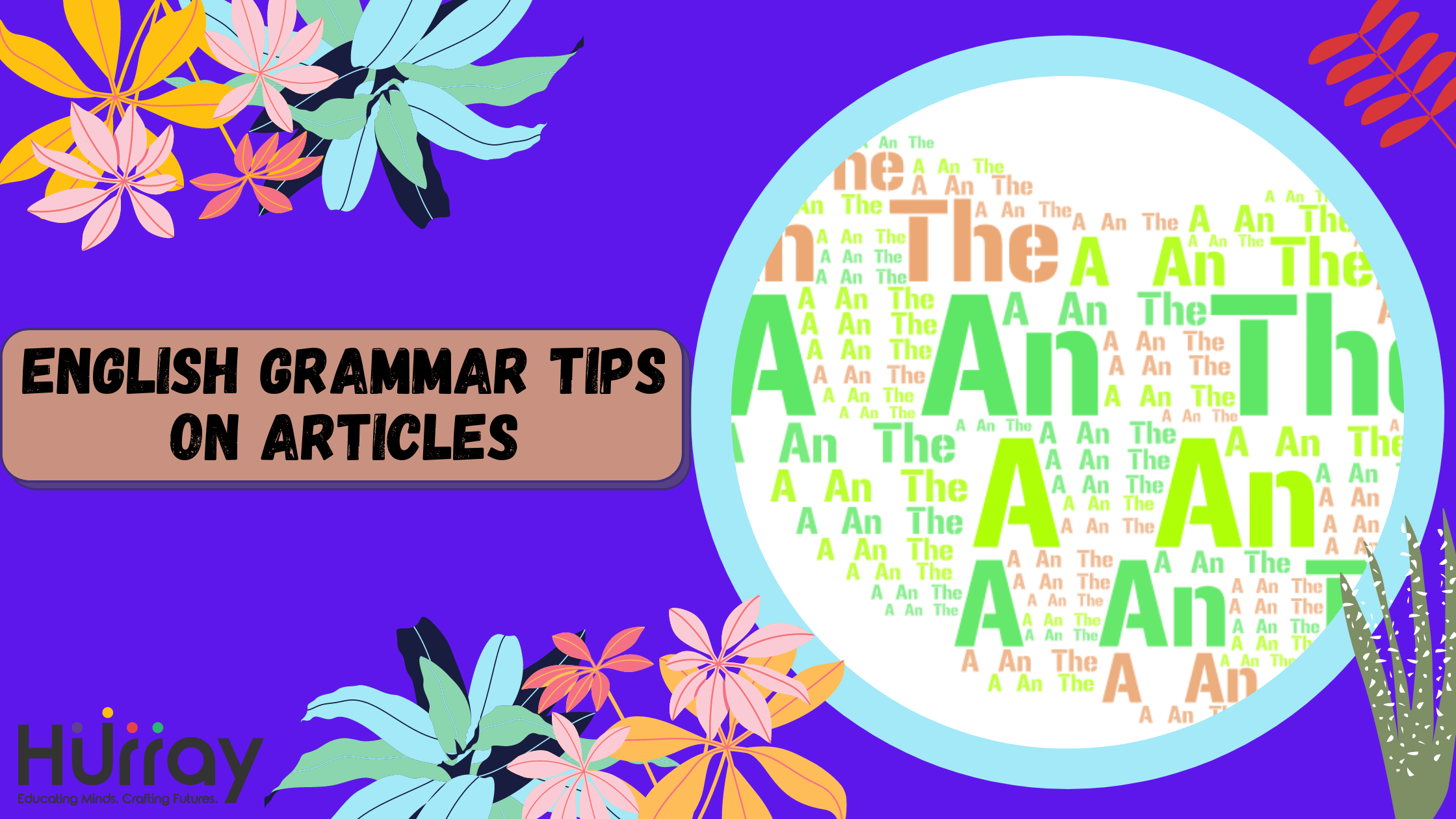





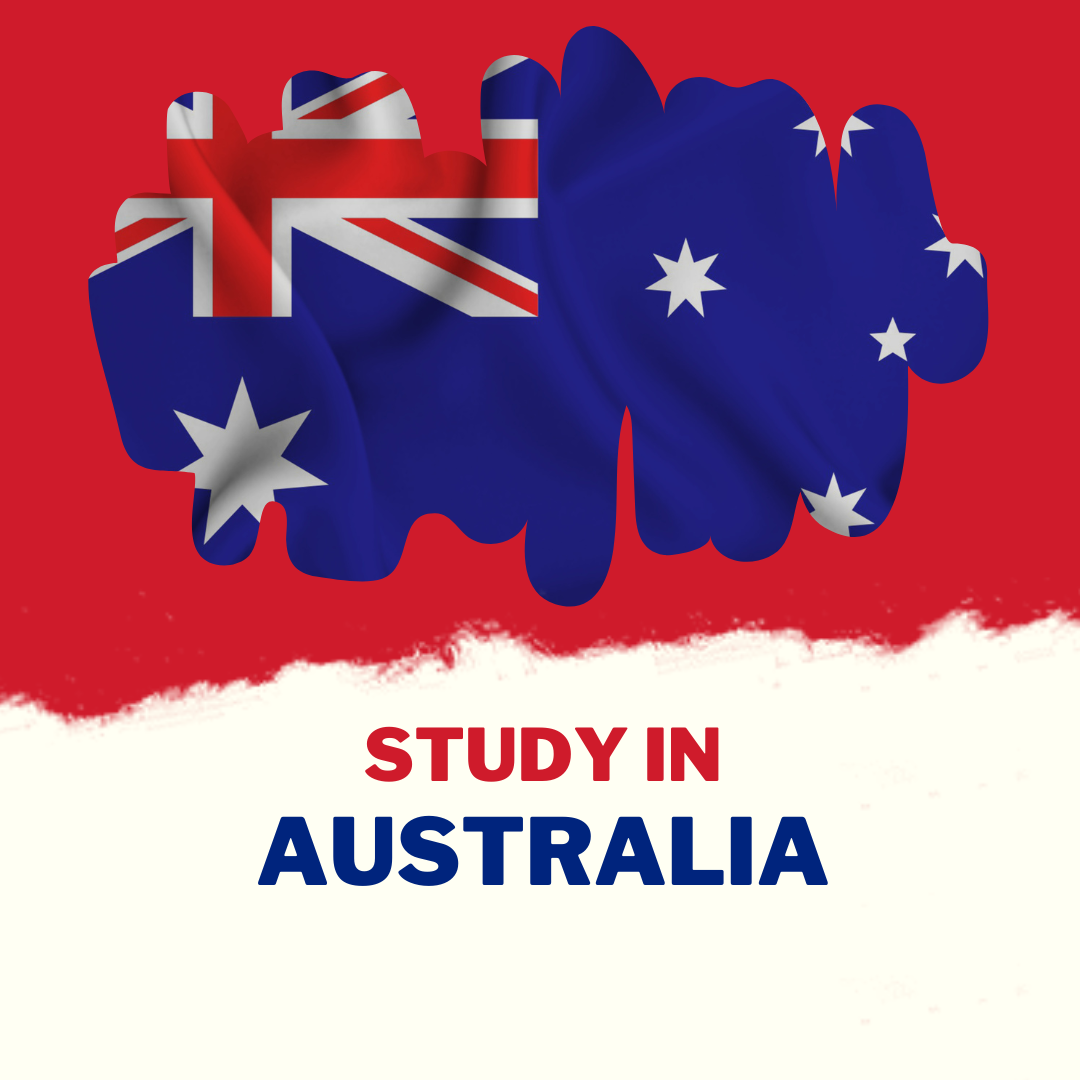
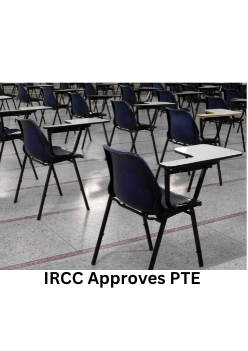
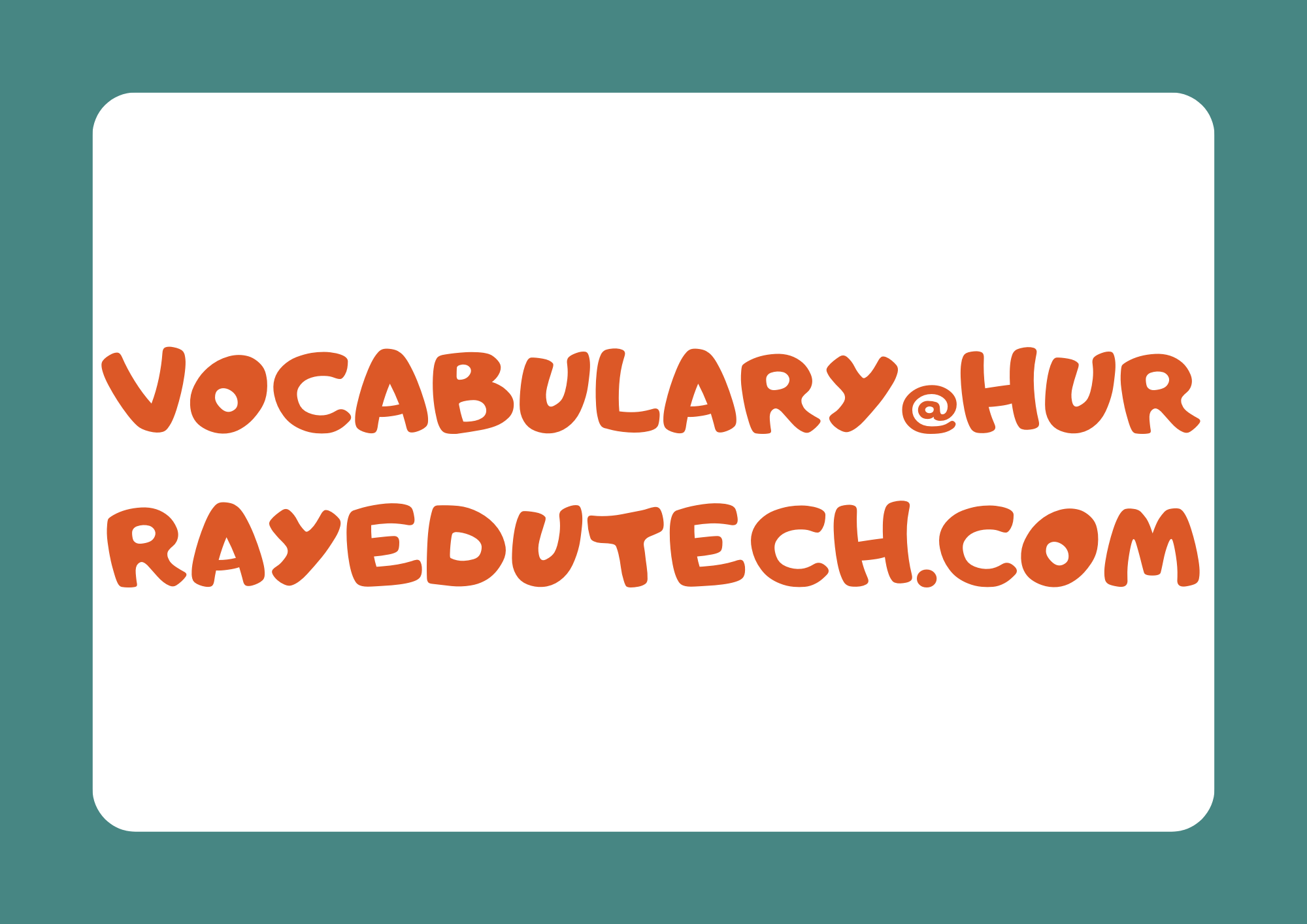

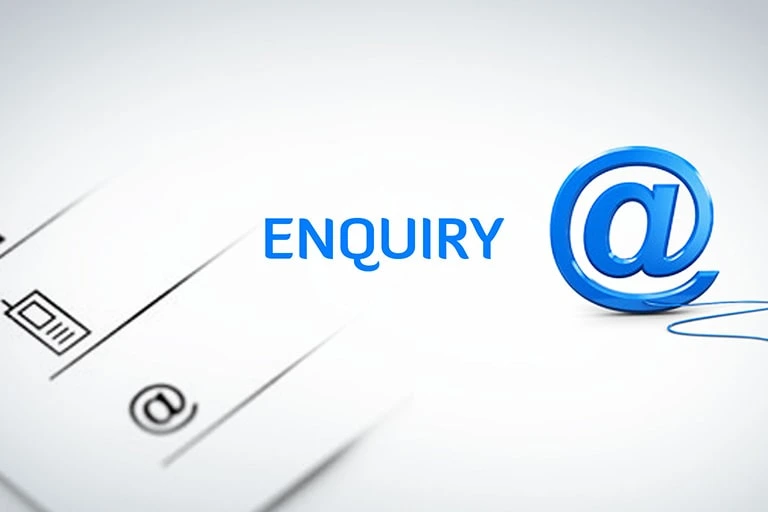
Post Comments